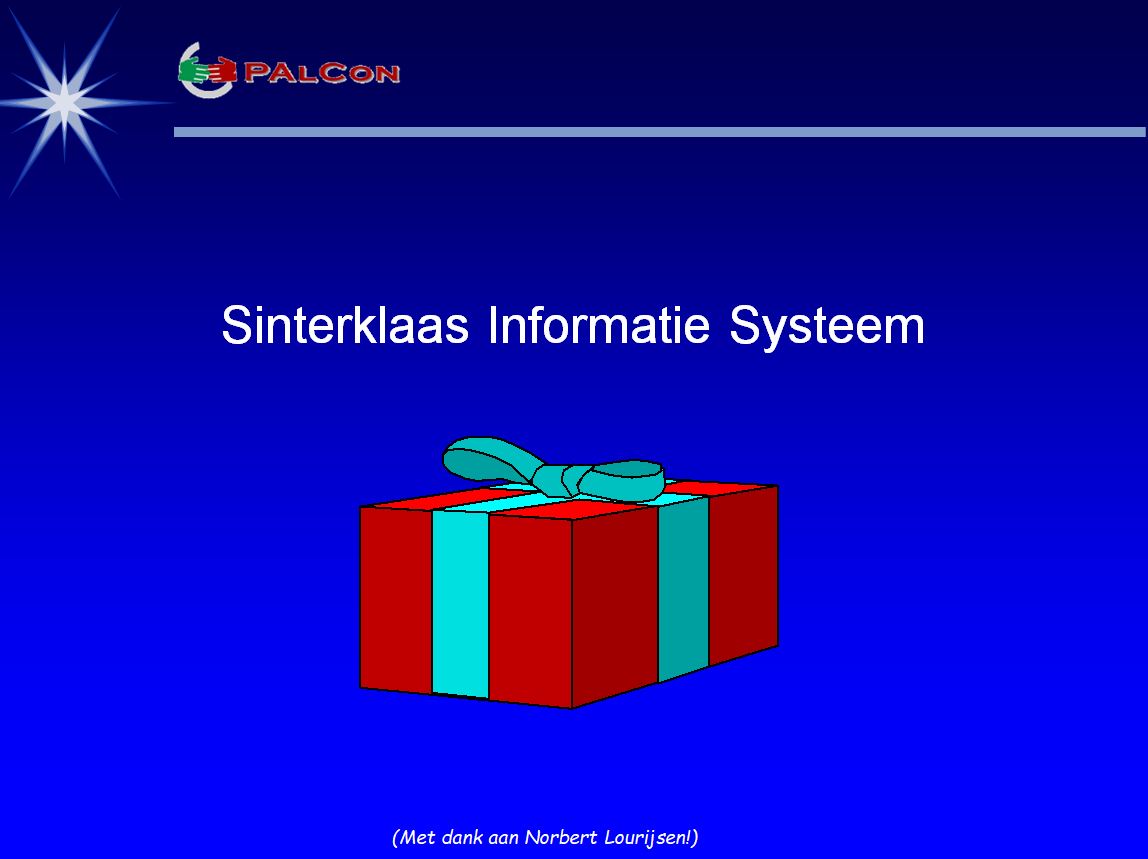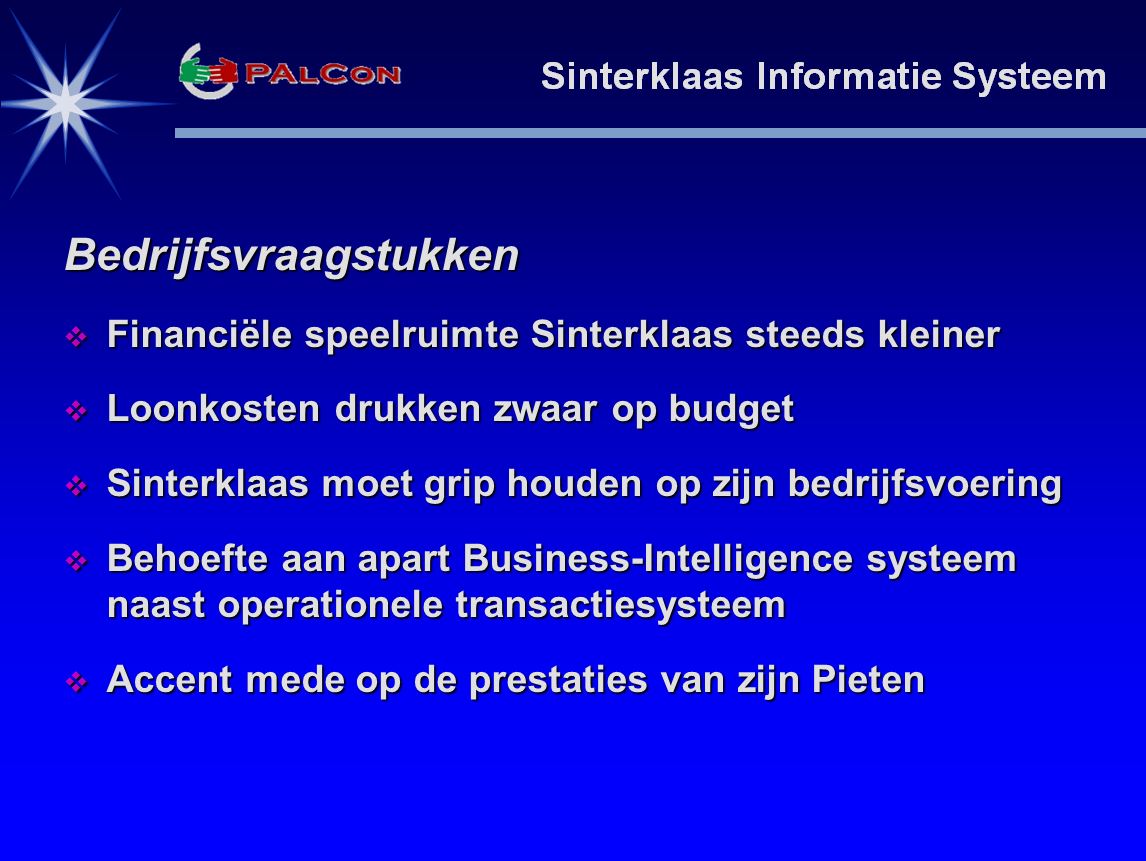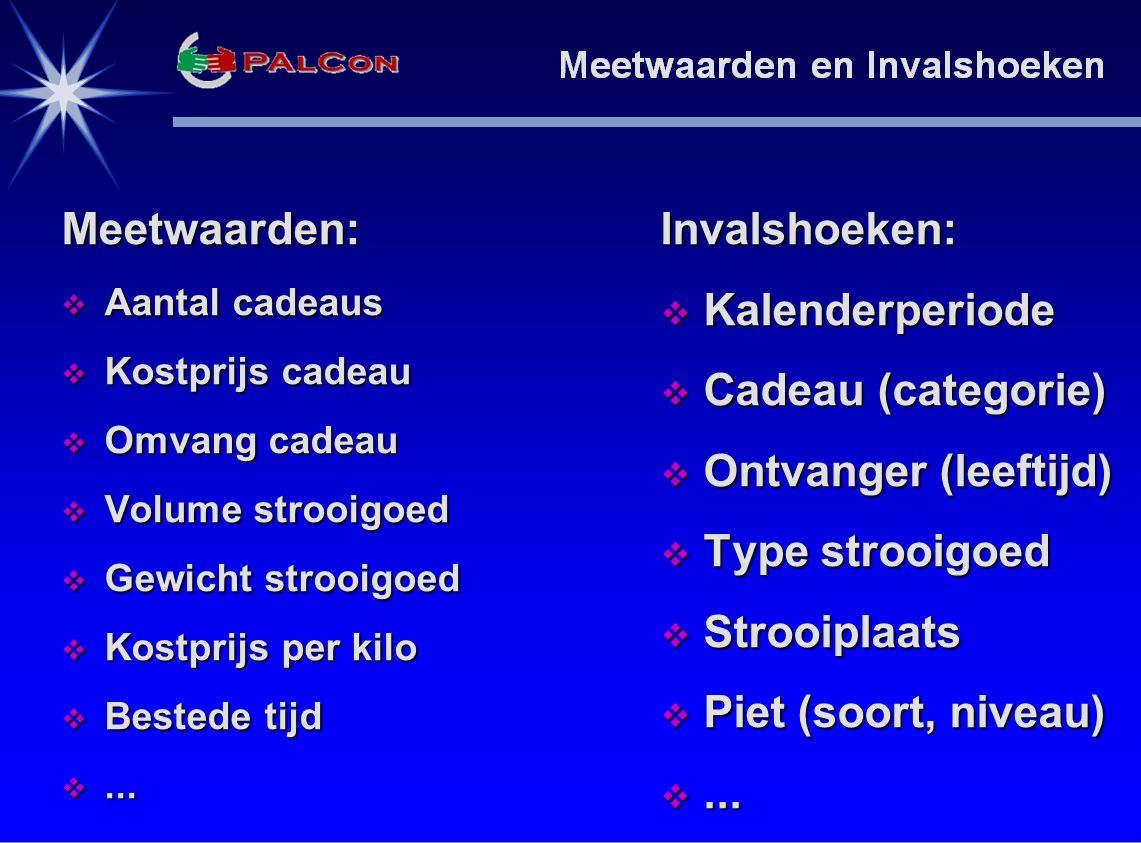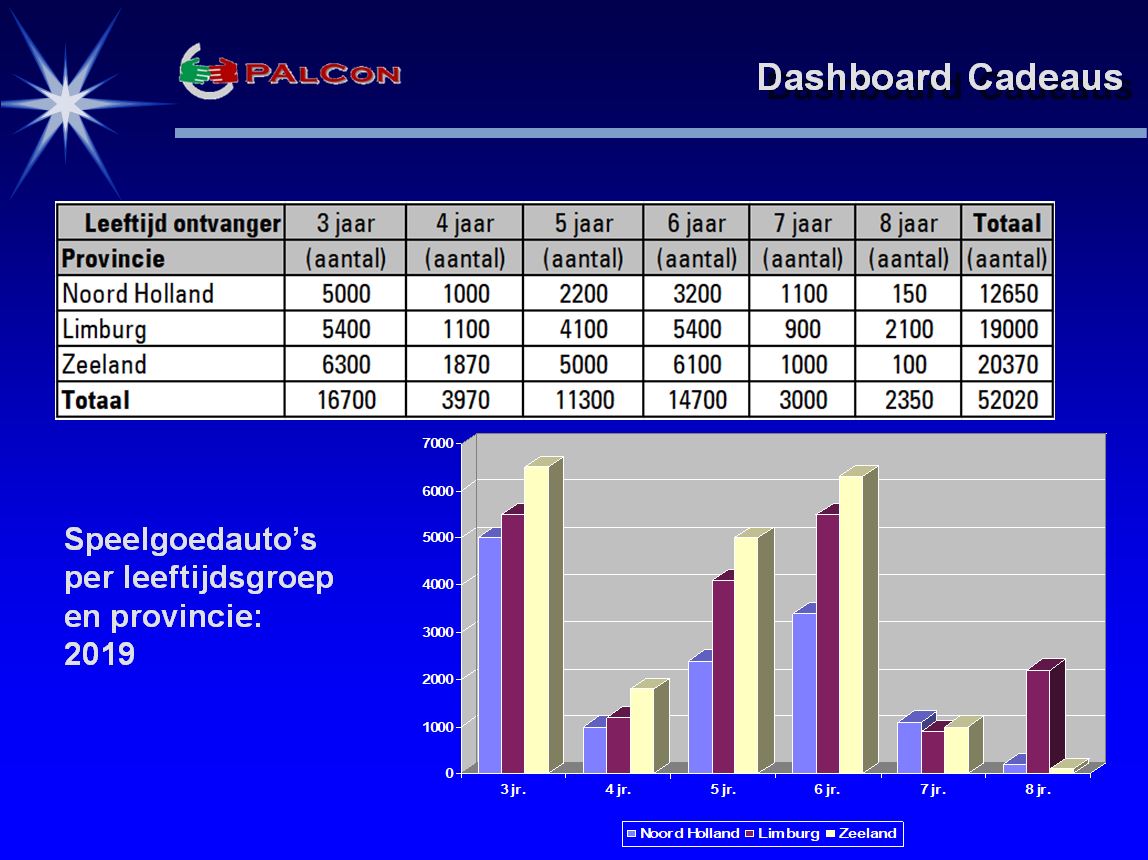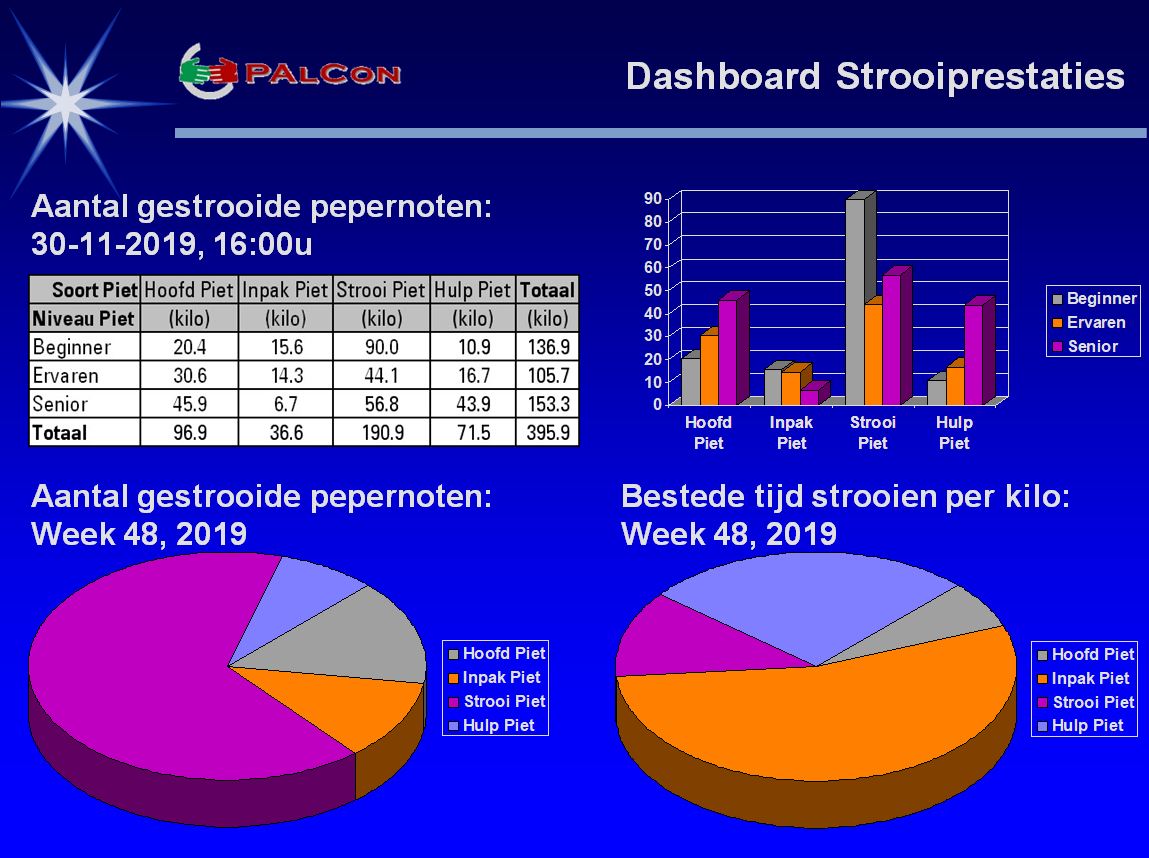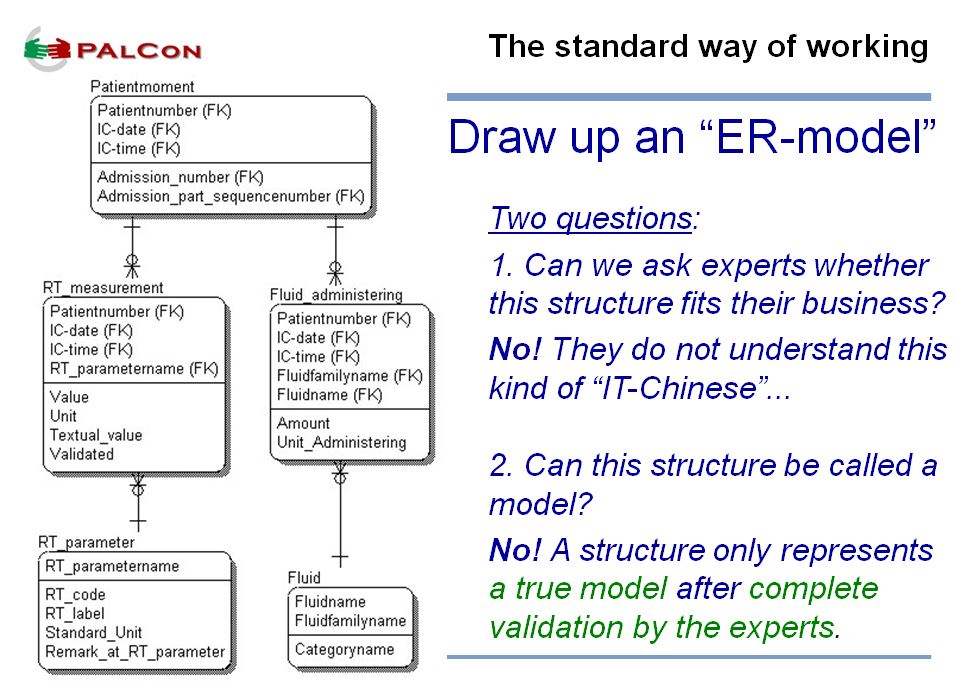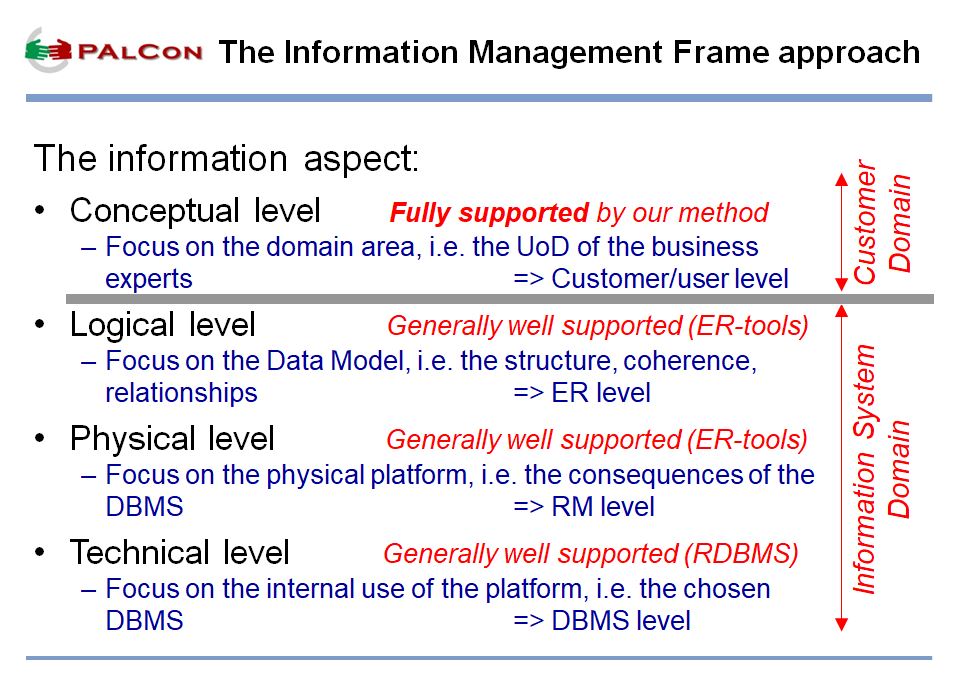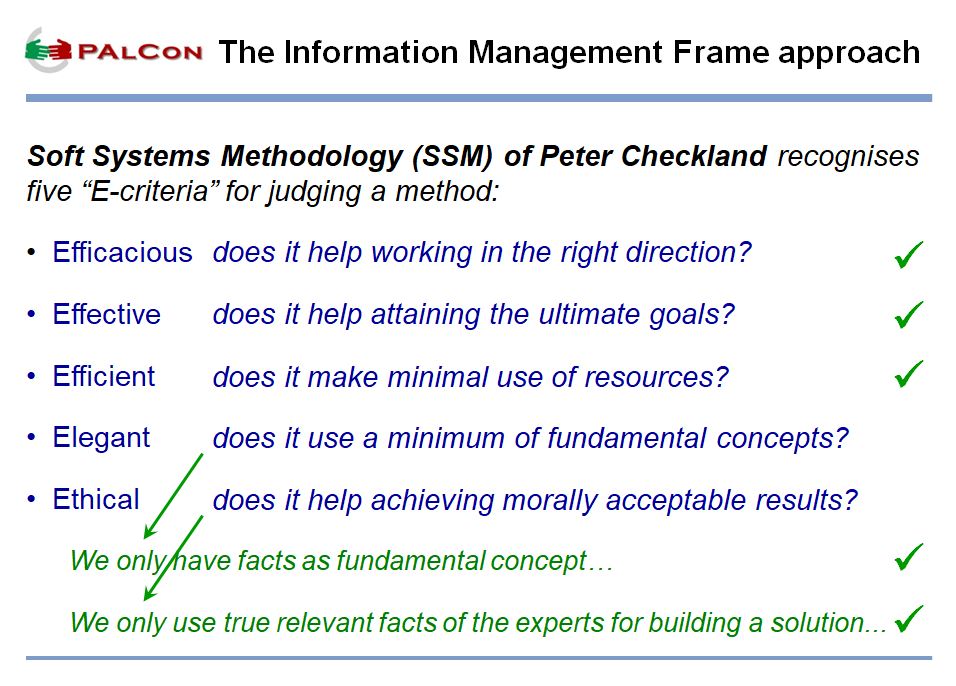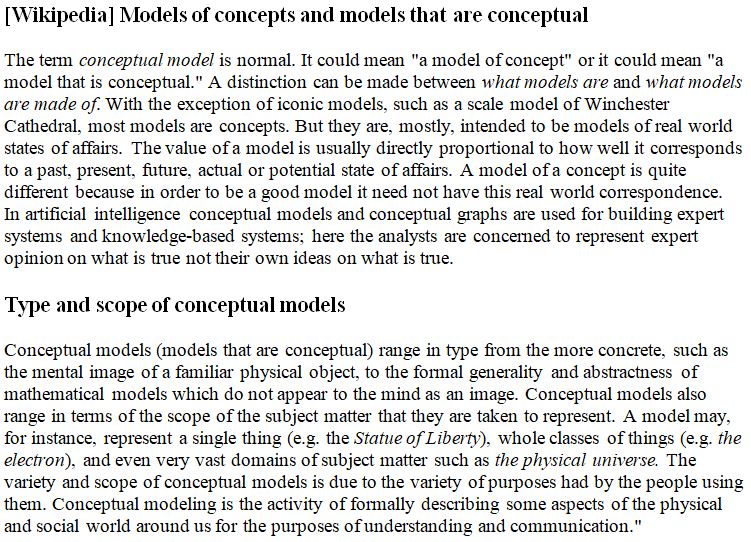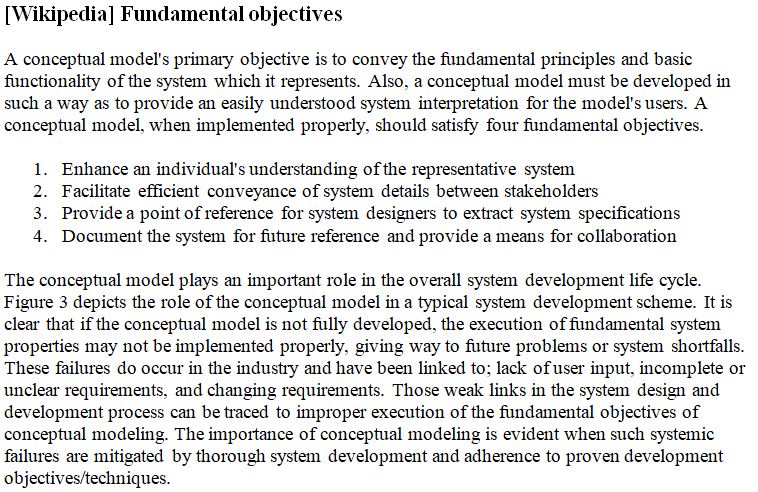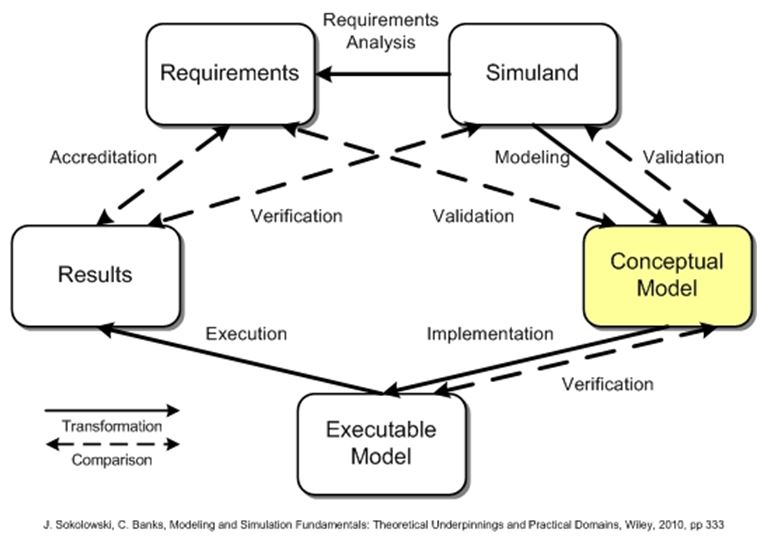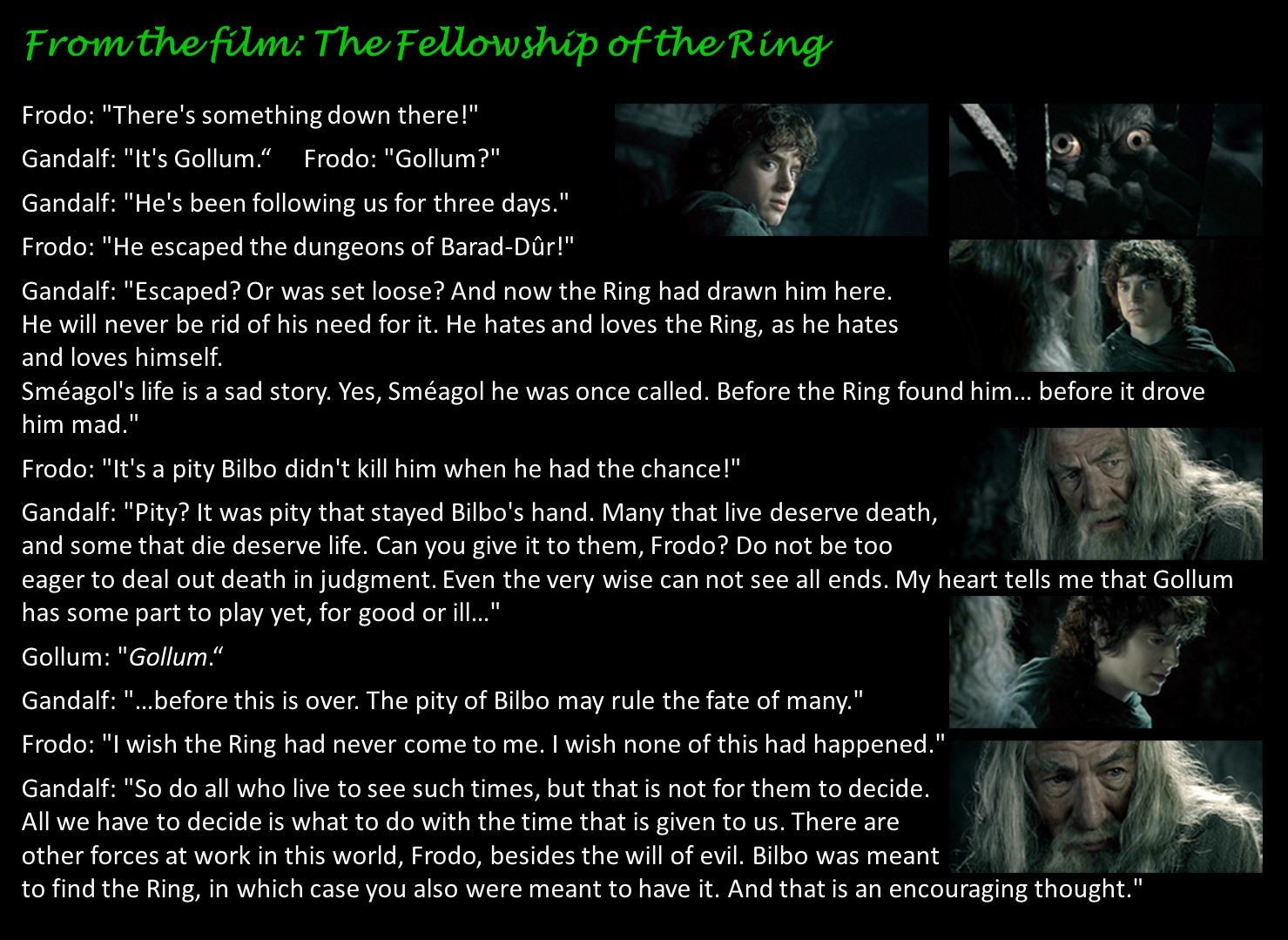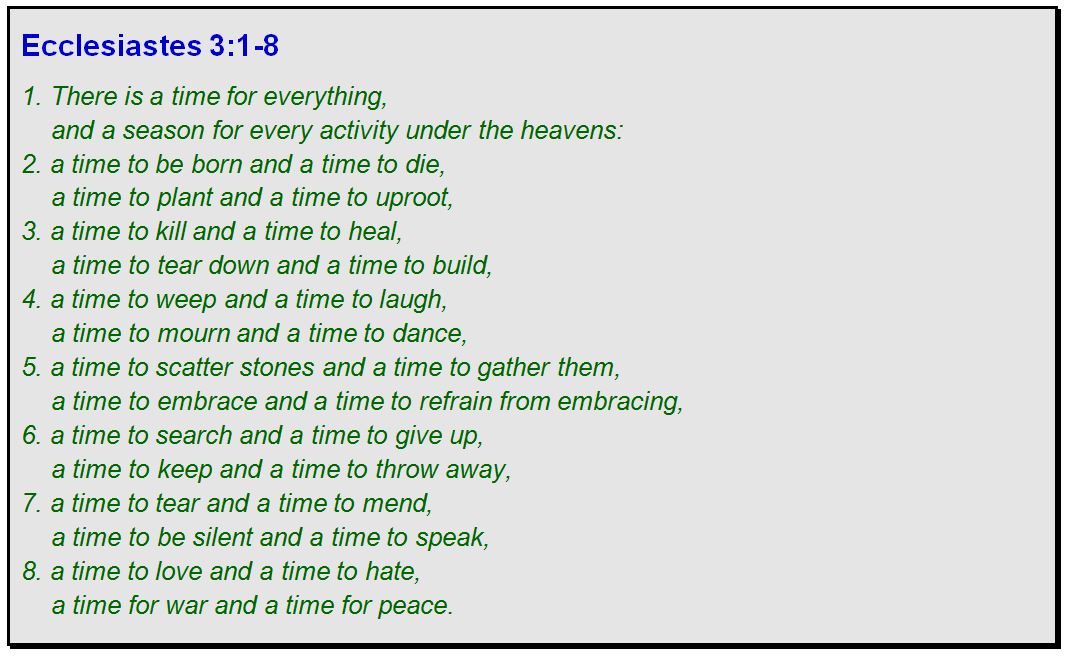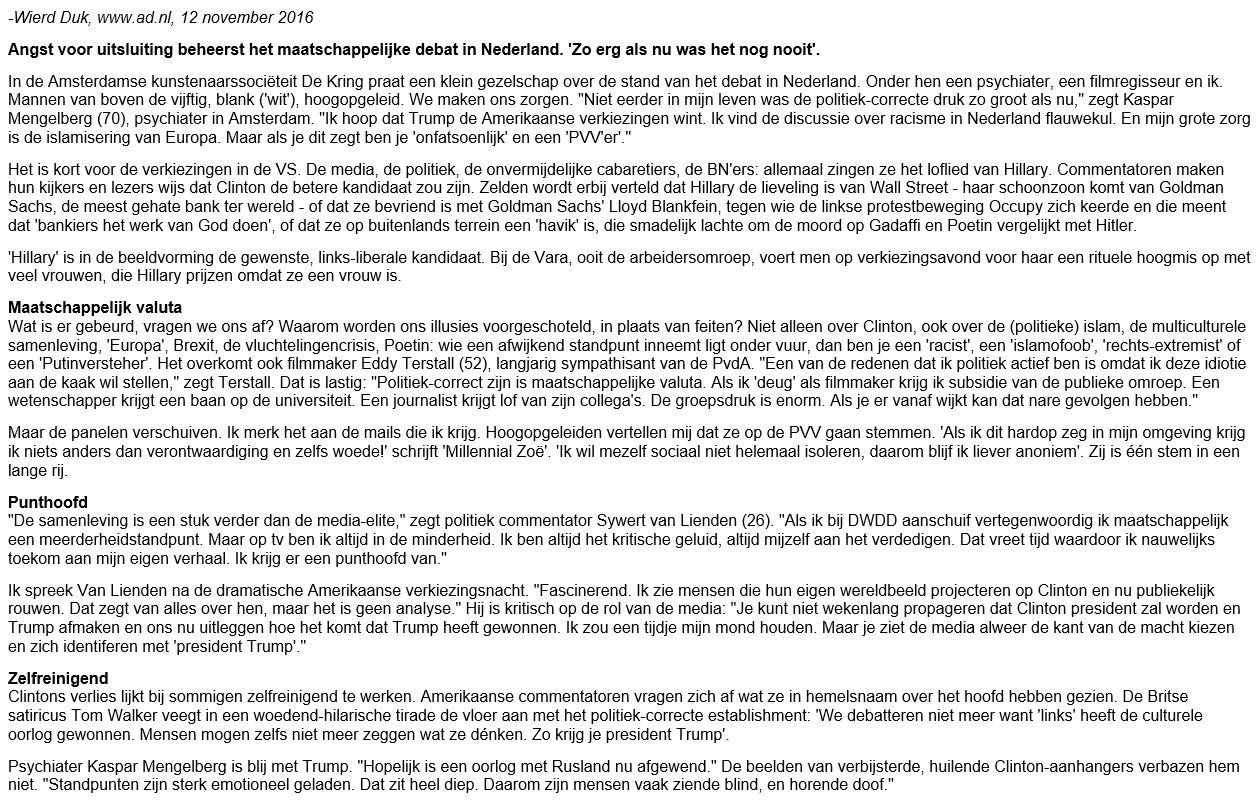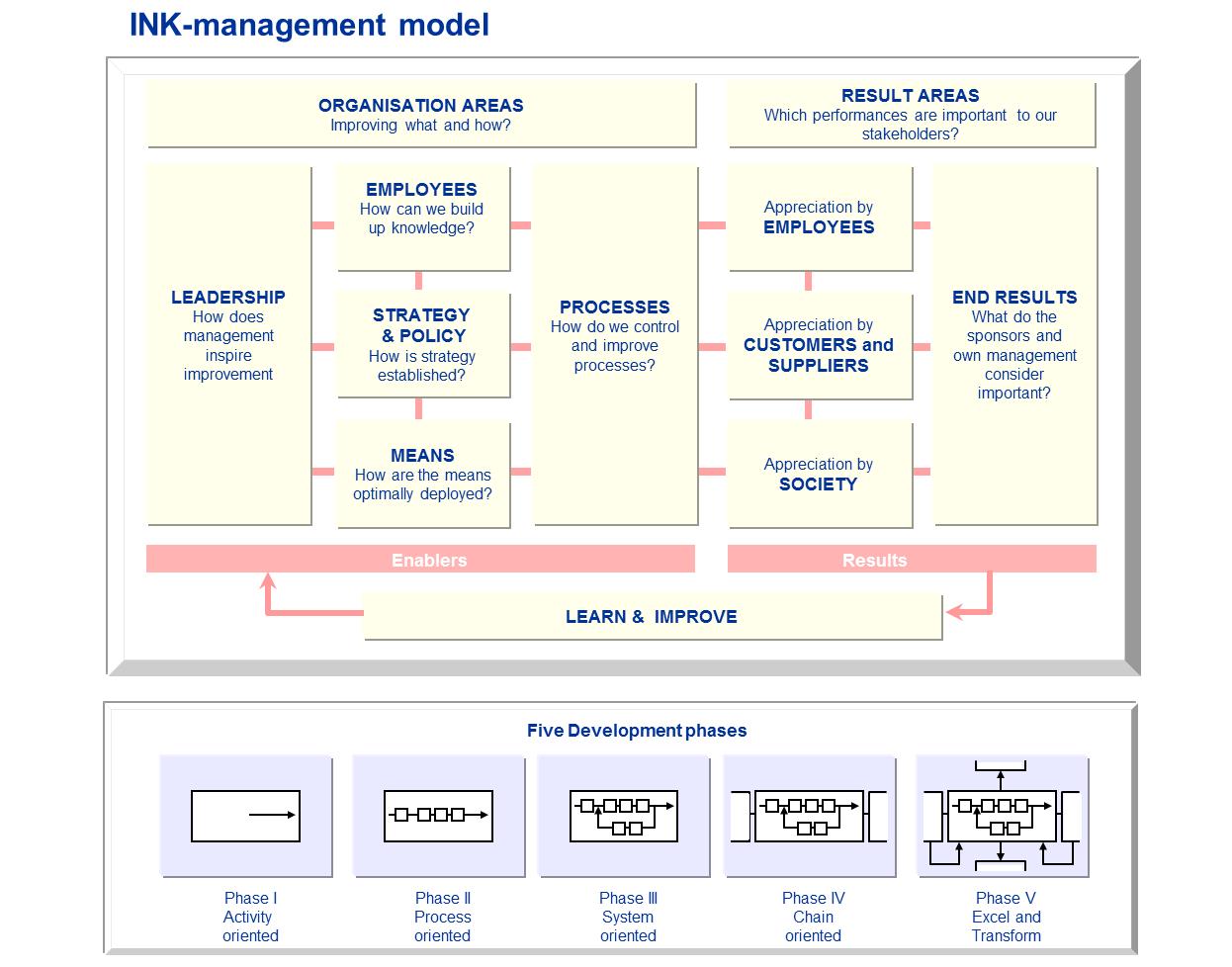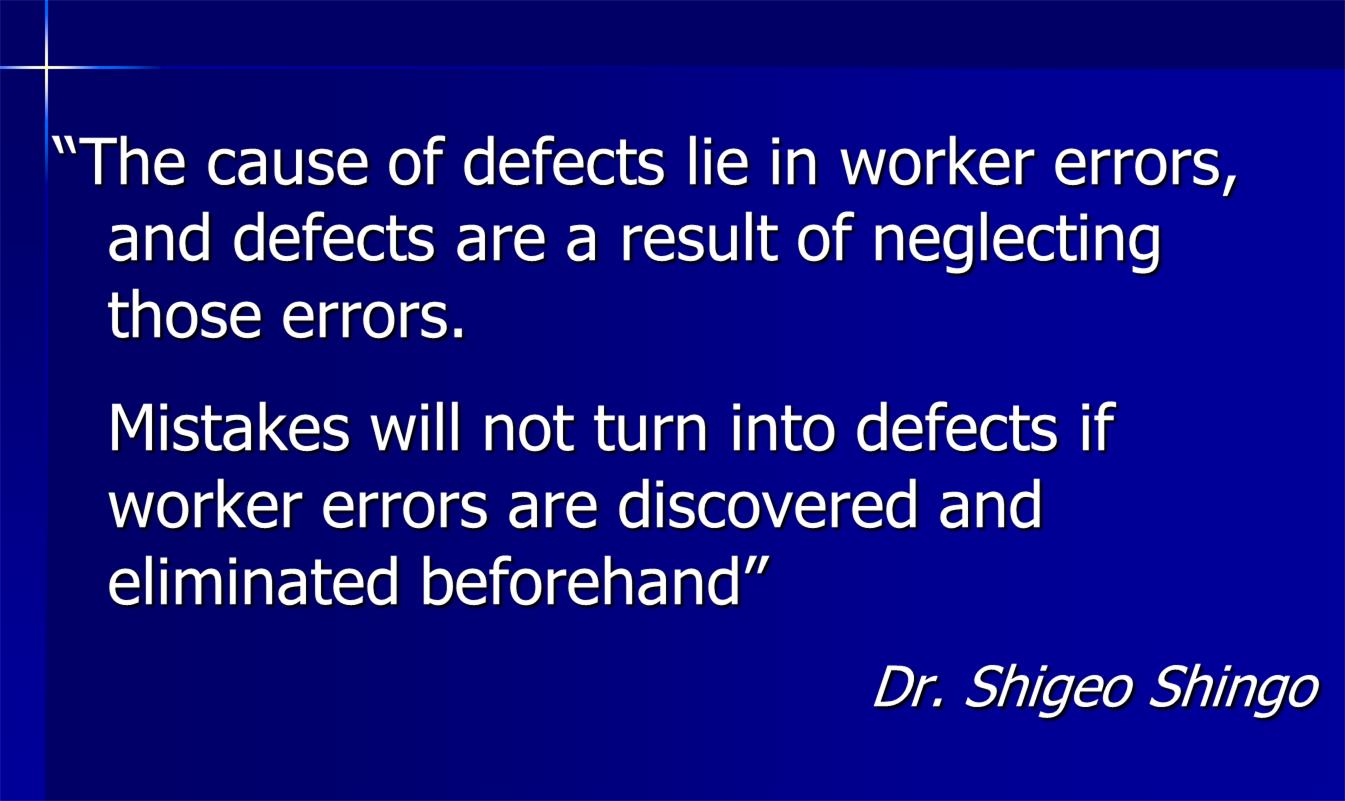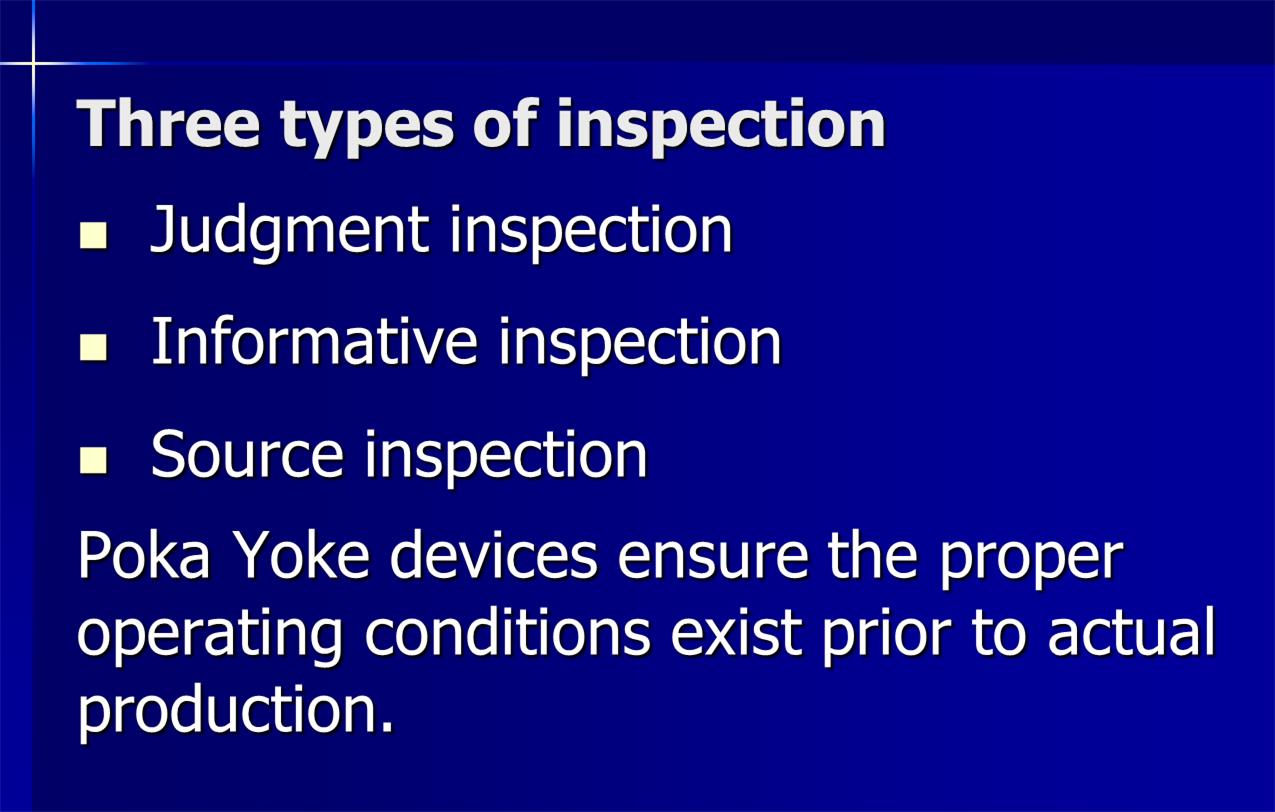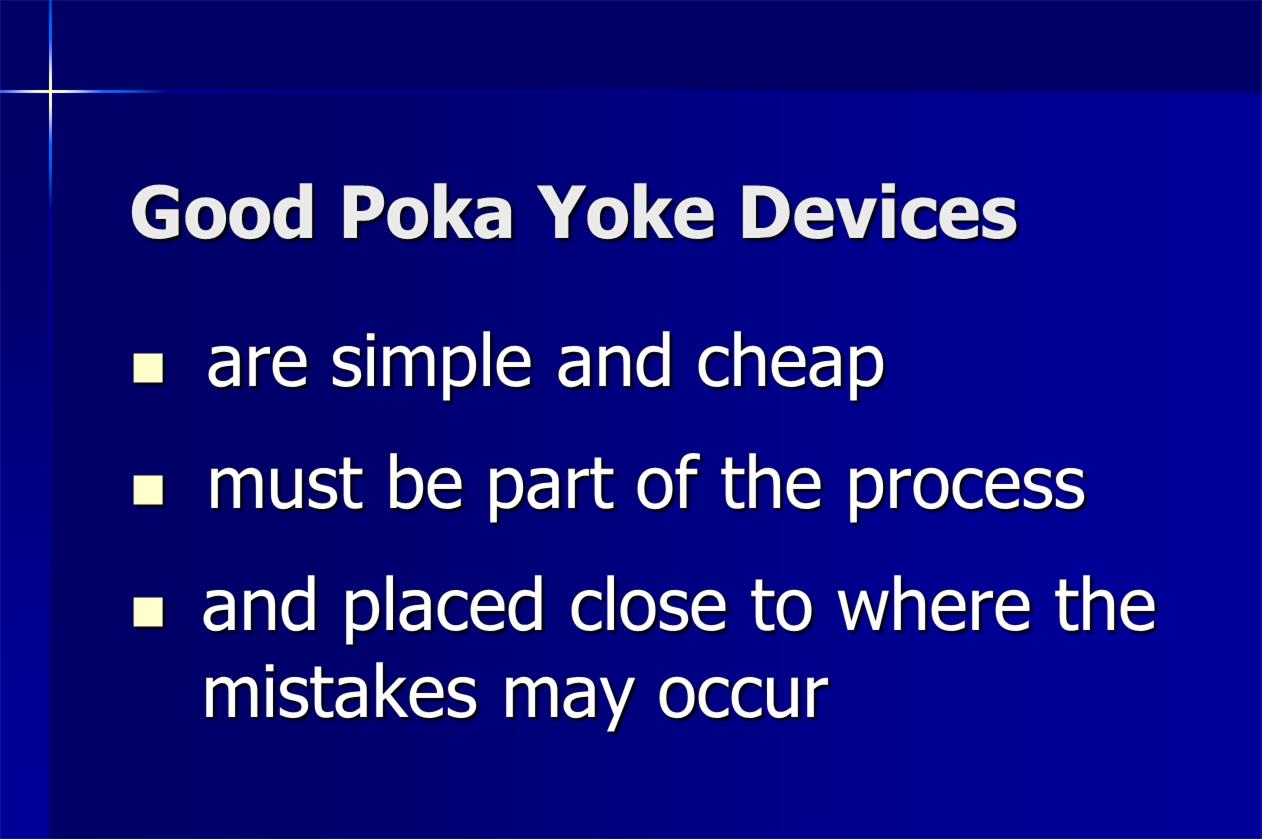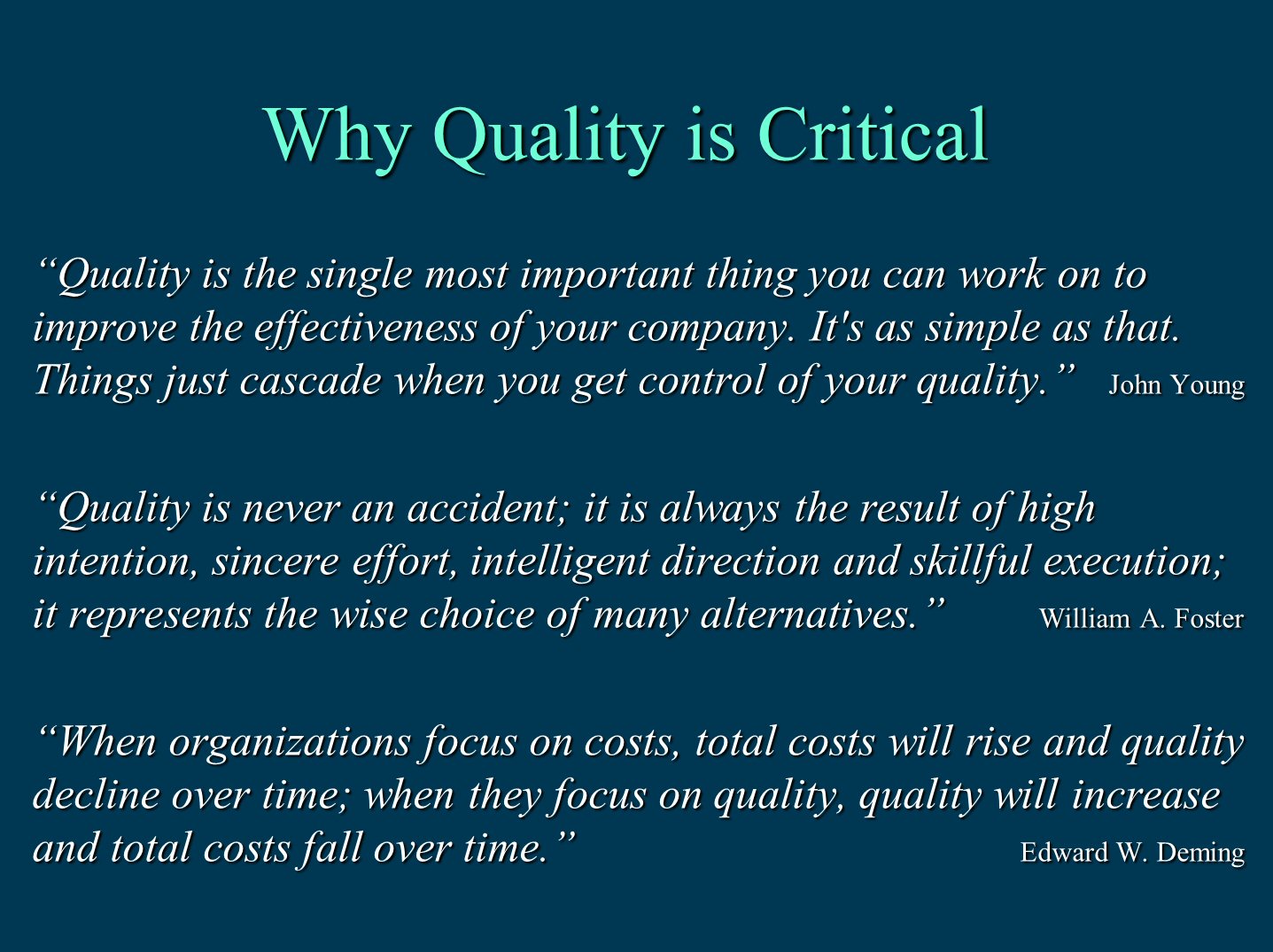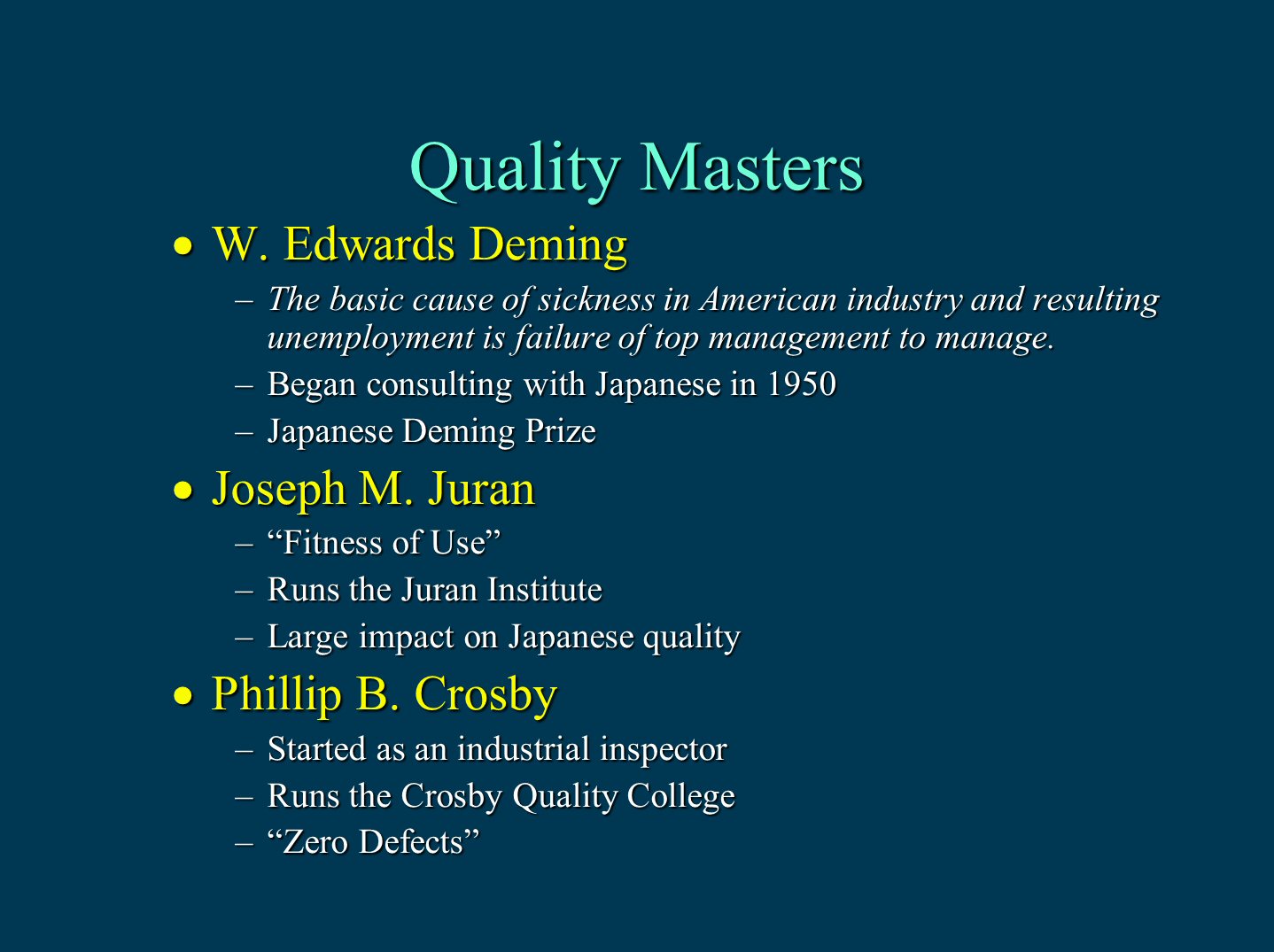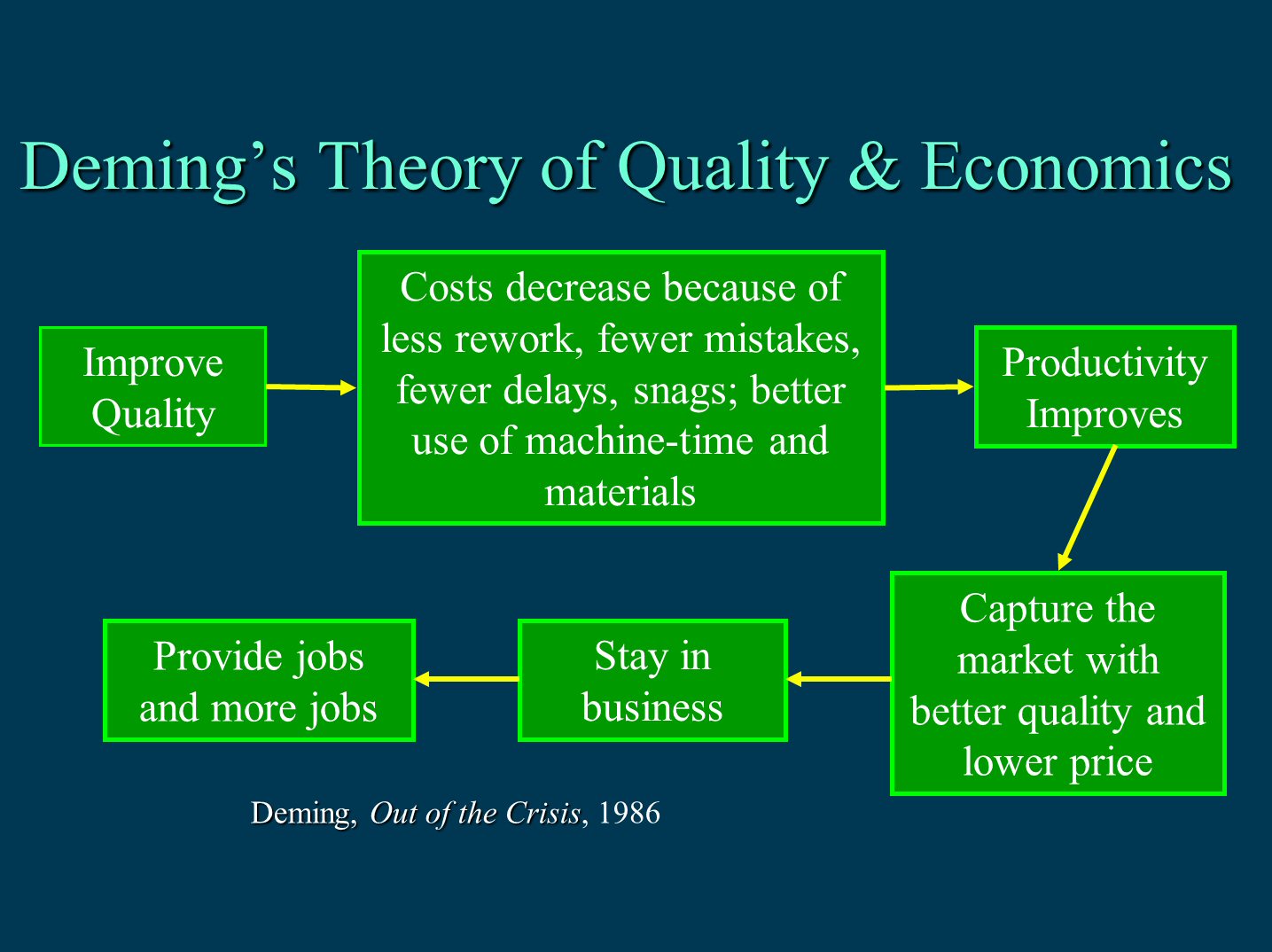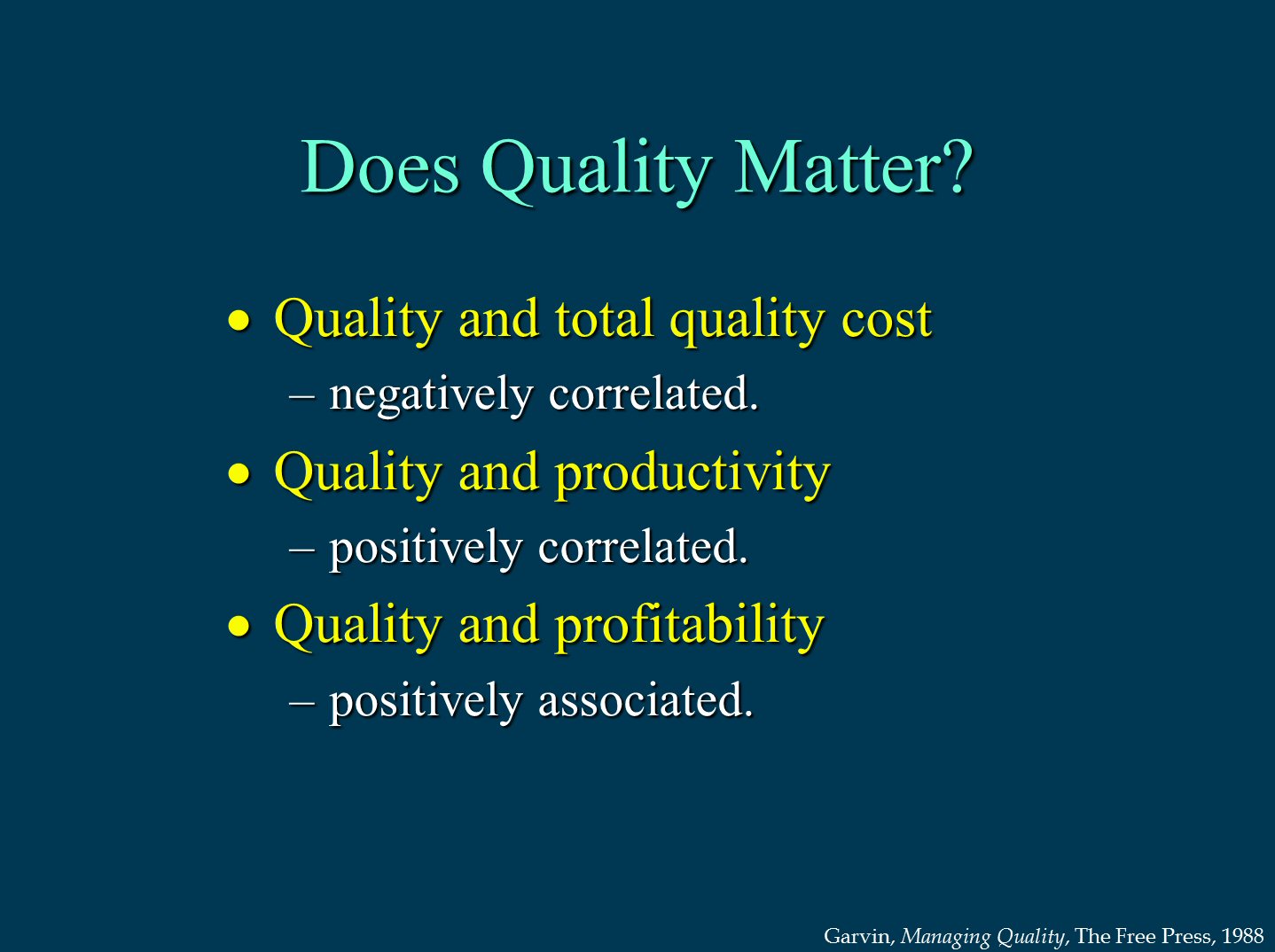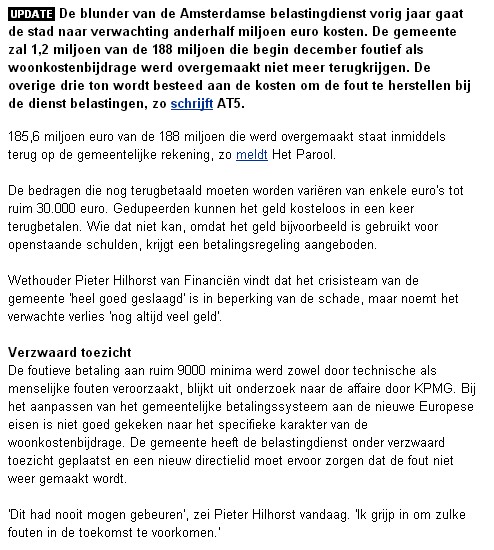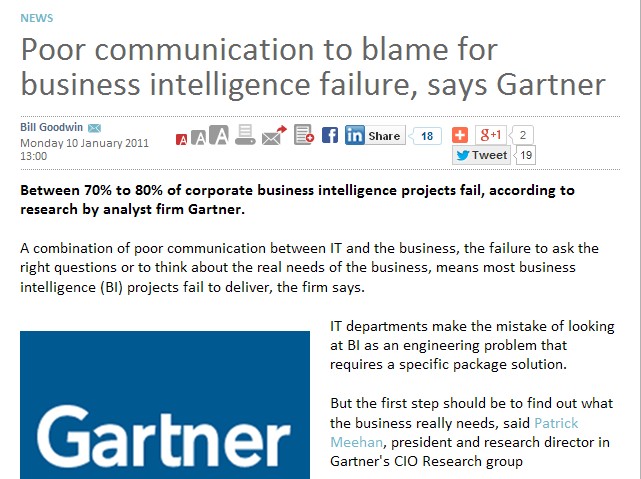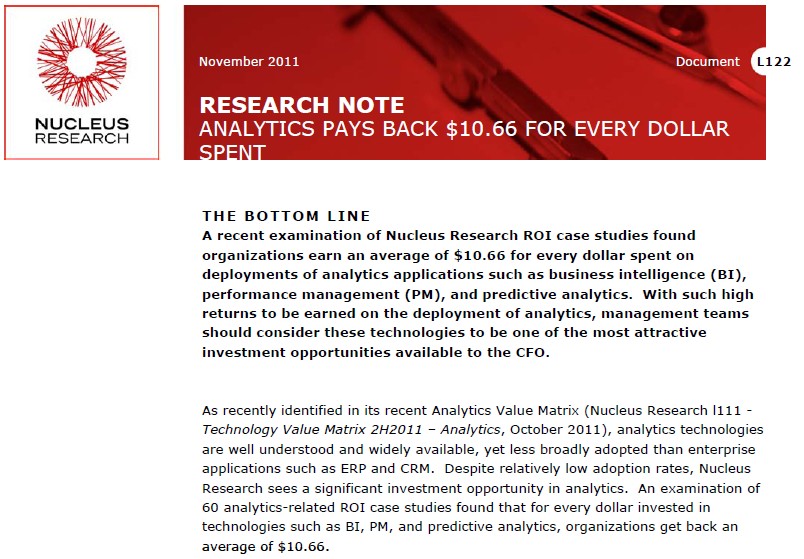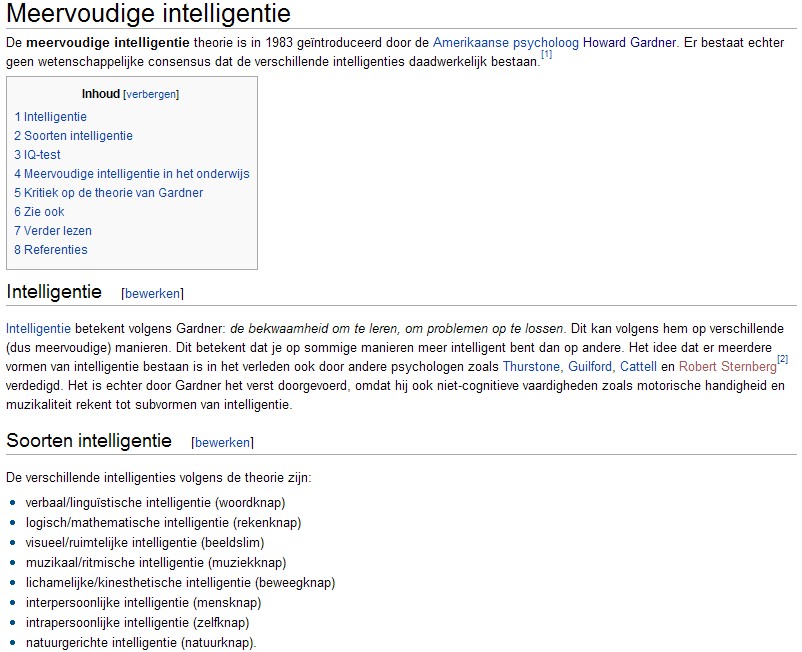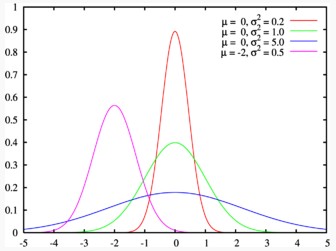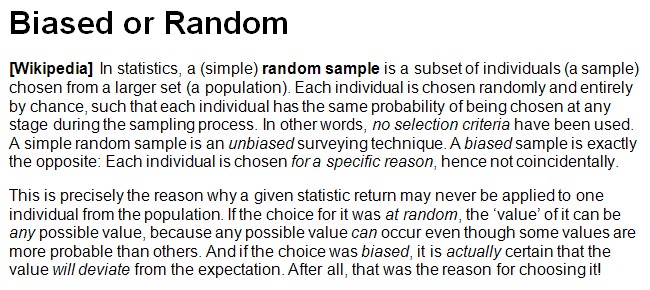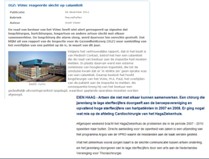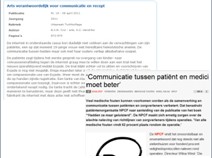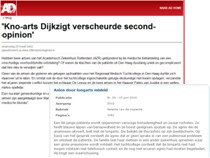Older columns
Here you find the titles of columns that appeared on my website before, sorted according to date. For the text of most of them I refer to my book Facts and Stories. For some of them I kept the text to give you an impression of the contents of this book, which is well worth reading. Click here for more information about publications.
> Latest column
> September 2020: Facts and Traditions
> December 2019: Facts and Reality
> April 2018: Facts and Knowledge workers
> February 2017: Facts and Things that passed
> January 2017: Facts and Value judgements
> November 2016: Facts and Visions
> October 2015: Facts and Management
> April 2015: Facts and Context
> December 2014: Facts and Explanation
> May 2014: Facts and Quality
> November 2013: Facts and Business Intelligence
> July 2013: Facts and Statistics
> April 2013: Facts and Reports
> February 2013: Facts and Interpretations

"Tradition is not the worship of ashes, but the preservation of fire."
Gustav Mahler (1860 -1911)
Not long ago, we got a visit from the Goodholyman at for him a very unusual time. At our open-eyed questioning glance Sint started with: "Yes, yes. I understand that I am not quite expected to pay a visit to an IT-department. After all, they hardly give anything away there for free, do they? But today I'm here for something totally different. Look, I'm doing my work for hundreds of years already, obviously, and generally speaking to great satisfaction, I believe. But in recent years the volume of my work has definitely grown enormously, both in numbers, hence amount of work, and in financial terms. All this puts quite some pressure on my financial room for play - and pressure on any room for play is definitely not my cup of tea. Although, as you know, I do not have a profit motive, I absolutely do have to consider the livelihood of my loyal Petes, the number of whom has little by little grown to about 9000 man."
Sint heaved a deep sigh, then offered us a chocolate cigar, and pensively took one himself as well. "Recently, people told me that it might be wise for me to get a better grip on my operations, and that you guys can help me with that. It might be useful to me to have something like, forgive me if I say this wrong, an intelligence application with the name 'St Nicholas Information System'. I first told them that that didn't exactly sound as something not to be SNeezed at, but they assured me it was meant seriously. This system should give me insight in what is going on in my operational transaction-systems, in particular with an emphasis on the work performance of my Petes. And that is what I am looking for, now."
Of course, this information gave us good reason to do some serious thinking about the problems Sint was facing. After a brief exchange of views with him we were quick to find the following ingredients for the intended SNIS: inspection of costs against review angles like Time, Present, Present category, Age receiver, Residence, Type of sweets, Place of scattering, Pete, Pete type and Pete level just to name a few. As measures we saw number of presents, present cost price, present size, volume sweets, weight sweets, cost price sweets per kilo, and time spent on scattering.
"It would be nice if I would be able to analyse my data over the last hundred years", Sint continued. "Another important issue, beside the delivery of the requested presents, is the performance of my scatter organisation. My Scatter agents - colloquially better known as Scatter Petes - are doing hard work and the achievements per Pete tend to differ quite easily. It would be good to get a reliable picture of that. Much depends here on what type of Pete takes up the scattering operation and the level of experience of the Pete. Please note that you cannot measure that simply by the age of the Pete. I have many old Petes, that after a day on the rooftops come down with the zest and cheerfulness of a young dog, while some of the younger Petes come stumbling down like an old man. There is a standard disparity in scatter perfomances between Pete types. A starting Principal Pete, for instance, can easily scatter 20 kilo of sweets per day, while a senior Principal Pete may do as much as 46 kilo. With the Wrap-up Petes it is exactly the other way around: the more experienced the Petes, the less their scatter perfomances due to the many other tasks they have."
"When would you want to have what information available, Sint?" we asked. "Well, now you're asking, kids", Sint answered. "What shall I say? Look, I don't have to see the information about the delivery of presents any time of the day. I would like to refer to the current state of play particularly in the critical period up to my birthday at least once a week, but perhaps also after each twenty-four hours. That should be then in the early afternoon, when I have taken some rest from my nocturnal wanderings over the roofs. Comparisons of the deliveries over the same period with other years are definitely interesting. Am I on target? Do we have a hold-up somewhere? My Purchase Petes will find such things interesting too, I think. We do need quick answers to our questions then, for we can never rest on our laurels for long, and the quality of the information must be high, otherwise it is no use to me!"
Sint tossed some spice nuts in our laps and continued: "With regard to the scatter-information, I would like to have a clear understanding of that from hour to hour during the work. Strangely enough, that always appears to be what we are judged on most prominently by our youngest clients. So if that is not going well, I might just as well stay on the roofs all day long. And that is definitely not quite my intention, if you know what I mean… Anyway, just show me a suggestion that makes sense, then we'll talk again."
Well, as IT-department you surely start scratching your heads by now. What kind of information is actually asked for and how can one get it? What volumes of information are we dealing with here? What source data must be consulted? How often must the data collections for Sint be refreshed? How can Sint be assured of reliable information with the quality that is required?
It may be clear, that the kind of system Sint asks for may provide him with a lot of information. A correct interpretation of this information will lead to knowledge, and making good use of that knowledge to wisdom.
What insight can we extract from the questions of the Goodholyman? Well, even without access to the true data it is not so hard to make an estimate of the actual value of Sint's total portfolio. That can be done by answering questions such as: how many children in the Netherlands are receiving presents from the good Saint each year; how many presents do these children get on average each year and what is the average cost price per present? How many sweets do Dutch children eat every year and what is the average cost price of sweets per kilo? And how much fun does the celebration period of St Nicholas provide and to whom altogether? It is good for everyone just to think for a moment about the total value of this portfolio, in both a material and an immaterial sense. And - after making a correct estimate of it - to take the true facts on this kind of figures into consideration when assessing the importance of a tradition such as the St Nicholas celebration, particularly in these times of social and economic regression due to the corona crisis. Then here too, the information acquired may lead to insight and wisdom.
- Peter Alons, September 2020 ¿

"Get the facts, or the facts will get you.
And when you get them, get them right,
or they will get you wrong."
Thomas Fuller, M.D. (1654 - 1734)
Gnomologia: Adagies and Proverbs, 1732
In 1976 Peter Chen introduced with his article ‘The Entity Relationship Model, towards a unified view of data’ a new approach for modeling information. With that he heralded a dark period of system development in the world of IT, in which Entity Relationship Modeling (ERM) de facto became the standard for information modeling. His approach looked refreshingly simple: "Look at the world around you. There you will see the natural entity types, their relations and properties." "Why a dark period?", you may think. Well, because with that a period was marked, in which many large and costly system development projects have failed woefully, and are still doing so regularly. I would venture to say: "Look at the world around you. There you will see them appear in the news with great regularity." One of the causes of this is precisely the reality thinking that Chen recommended as guidance with his approach. This looking at 'reality' focuses the thinking of IT developers on 'things' that are seemingly important. And for these things a final definition must be made with the help of domain experts. But often, that does not appear to be easy. We have seen, for instance, in a large hospital in our country, that IT developers and doctors debated for almost two years on the question what a blood pressure exactly was. Such a stagnant discussion may constitute a major stumbling block for a smooth development of a suitable Business Intelligence environment. Then often, apart from this kind of problems, ERM is applied to develop a data structure for applications that cannot be validated by the domain experts, because they do not speak the IT-chinese of ER-diagrams, with all the poor consequences of this. And our preceding columns bear ample witness to such consequences.
Our website shows, that we have developed an approach that is not aimed at studying reality, but at how the domain experts see their reality themselves and how they are actually talking about it. After all, all information that domain experts consider to be relevant can actually be expressed in concrete facts. And therewith we have arrived at the advice shown at the top of this column. The four figures in the top-right corner give a fair picture of how our approach relates to the standard way of working, and what can be achieved by using our approach: the compliance with the five E-criteria of Peter Checkland's Soft System Methodology and the creation of a complete conceptual model. The latter is also recommended as a basic principle in Soft System Methodology. In About Facts and Things a detailed description is given of how our approach works in practice, and what kind of results can be achieved with it and have actually been achieved.
The study of reality by IT developers in a top-down approach has as obvious draw-back, that it leads to recognizing objects and their interrelationships, while it isn't a priori clear how concrete instantiations of such objects and their relations are identified precisely. Validation of that by domain experts is often not possible, because to that end a common language for communication is lacking. And without validation any design thus made cannot be considered to be a model. In a fact-oriented approach these draw-backs are obviated beforehand. Such an approach, aimed at communication, is a bottom-up approach, which starts with making concrete examples of all desired information. These examples are then, together with domain experts, verbalized in complete, concrete sentences. As example we can take the measurement of a heart frequency in a hospital or by a family doctor. From concrete examples of such measurements we get verbalizations as:
"For the patient with patient-number 1234567 the heart frequency was measured on 12-5-2019 at 10:15PM."
"The heart frequency measurement for the patient with patient-number 1234567 on 5-12-2019 at 10:15PM gave as value 112 beats per minute."
In this situation, the concrete verbalizations make instantly clear how different Heart frequency measurements and their measured values are identified. And that this can be validated immediately by the domain experts involved.
First and foremost, it is now justified to ask whether the verbalization of the concrete examples and the validation thereof by domain experts are automatically based on truth. The answer to this question is not just Yes. This process may lead to faulty input into the design. Here's where the E-criterion Ethicality of Peter Checkland comes in. If the faulty input is given by domain experts deliberately, it is a question of fraudulent, hence unethical, activities. Perhaps you can call a possible example of this to mind from the news in recent days. Be that as it may, it is the moral duty of the IT developer to make sure such things are averted.
Furthermore, we may well ask ourselves whether this approach - provided it is performed properly - automatically guarantees that all information that is recorded by an application thus designed is truly based on truth as well. The answer is of course No. For that, verification of the input is needed. When it comes to the capture of measurements by independent and reliable measuring equipment, the verification process might be considered as implicit. In that case, however, the correct functioning of the measuring equipment will have to be checked on a regular basis. When manual input of information is involved, other verification processes are appropriate. As is described in About Facts and Things concrete verbalizations as above can play a beneficial role in such processes.
Finally, in the light of the preceding thoughts, it's just nice to have another view at the quote on top of this column. On many websites where famous quotes are shown, this quote is attributed to the physician Thomas Fuller, who lived from 1654 to 1734, often with the addition that the quote can be found in his book Gnomologia from 1732. For the design of an application, with which quotes like this one can be recorded and presented, we can use the quote shown above as example. A domain expert for quotations on websites might verbalize the example as follows:
"The quote Get the facts, or..... is written down in the book Gnomologia: Adagies and Proverbs."
"The book Gnomologia: Adagies and Proverbs is written by Thomas Fuller, M.D., who lived from 1654 to 1734."
In addition to this, another sentence might be given that tells us that the book Gnomologia is published in 1732, and a sentence that formulates a derivable fact: "The quote Get the facts, or..... is a statement of Thomas Fuller, M.D., who lived from 1654 to 1734".
Meanwhile, I have read the book Gnomologia by Thomas Fuller, M.D., from start to finish. I have not found the quote above anywhere inside. It gets weirder still. The cover of the second edition of Gnomologia, published in 1817, is adorned with the above portrait of Thomas Fuller. Unfortunately, this is a portrait of Thomas Fuller, churchman, historian, and writer, who lived from 1608 to 1661. Furthermore, there are some websites on which the statement above is attributed to Thomas Fuller, the churchman. But in all works of both Thomas Fuller, M.D., and Thomas Fuller, the churchman, I have as yet not been able to find the statement above. Now what should we do with these findings? Well, perhaps we should just leave it as it is. It perfectly shows the difference between facts and reality. And it does justice to a statement that is known in various forms: "History is not what has happened, but what people tell us." Below you find a modified version of the quote above, in which I show the facts just as I have been able to verify them; for instance that the statement above is widely attributed to Thomas Fuller, M.D., and occasionally to Thomas Fuller, the churchman. In the portrait of Thomas Fuller, the churchman, you now see the face of Thomas Fuller, the physician.

"Get the facts, or the facts will get you.
And when you get them, get them right,
or they will get you wrong."
Thomas Fuller, M.D. (1654 - 1734)
Author of Gnomologia: Adagies and Proverbs, 1732
And purely coincidentally, we can see on his face - at least so it seems to me - a slightly ironical smile.
- Peter Alons, December 2019 ¿
This column describes the true story of an IT-department that entirely against their own feeling made an enterprise model that wasn't even close to matching the facts that were relevant for the company... and how this was straightened out again.
- Rob Arntz, April 2018 ¿
This column describes the remarkable story of the German soldier's song Lili Marleen, which during the Second World War was initially forbidden by the Nazi regime.
- Peter Alons, February 2017 ¿
This column is about a quote taken from Plato, "Beauty lies in the eyes of the beholder", and how this can be applied to the trial of Geert Wilders regarding his statements about Moroccans. A funny extension of the quote was given by Miss Piggy (i.e. Jim Henson): "Beauty is in the eye of the beholder and it may be necessary from time to time to give a stupid or misinformed beholder a black eye."
- Peter Alons, January 2017 ¿
This column shows how much the text of Bob Dylan's The Times They Are A-changin' is still applicable time and again in our days as well.
- Peter Alons, November 2016 ¿
In my recent research into Data Governance principles I came across a presentation of the late dr. Marcel Nieuwenhuis about 'Management Fundamentals'. Herein, he discussed a number of management models such as the INK-management model, the 7-S Model of McKinsey, the KPMG-model, and the Balanced Scorecard. The essence of his story was that all these models can be compared with each other in a matrix of reference models against building blocks.
These building blocks are: Strategy, Structure, Culture, People, Means, and Results. He then showed that for a successful approach of all serious organizational problems a good implementation for each of these building blocks is needed. Suppose for instance, that in the approach of a problem a good strategy is lacking. Then there is no vision and coherence in the other building blocks, which leads to confusion.
Likewise, if a good structure is lacking, there is no steering and control in the other building blocks, resulting in chaos. If the people that become involved are not carefully informed and prepared, the result is a lack of binding and skills leading inevitably to resistance and anxiety. If the means are not taken care of sufficiently and in time, there are no adequate facilities resulting in frustration. And finally, if no acceptable results are offered in advance or to be expected, there is no prospect of added value, which will be perceived as futility. To put it briefly, in a good management approach - leading to a desired growth and change - a good, coherent implementation for all six of the building blocks is ensured.
And how could it be any different than that I was assailed by perplexity when reading this presentation. And this, all because of the approach to the refugee problem by the government in our country and elsewhere within Europe. After all, the fact that virtually all governments and Brussels were apparently taken unawares by the flood of refugees from the Middle East has led to an approach of the problem in almost all countries in Europe, in which a good implementation for all six of the building blocks is lacking. How about the consequences thereof? Have we seen any of these around us? Just let me run through them with you.
No a priori thought-out, sensible strategy and therefore complete Confusion? Check. No clear, well thought-out organizational structure, hence quite some Chaos? Check. No to-the-point and timely briefing and preparation of the people involved in villages like for instance Oranje, and so a lot of Resistance and Anxiety? Check. No timely provision of adequate means and as a consequence general Frustration? Check. And finally, no prospect of acceptable results and so a widespread feeling of Futility? Check.
It is not my intention to tire you with a personal view on the refugee problem. That is beside the point here. My perplexity is due here once again to the general state in which we find our politicians in this matter. There is every reason to believe that they have not anticipated the full size of this problem at all and therefore have not developed any sensible vision and strategy, before the problem urged itself upon us. And my question is then: How is this possible? Where were the so highly needed Mission, Vision, Goals, and Strategy from the Strategy Pyramid? As citizen of a country, can one expect from people who consider themselves eligible to govern a country, that they have at least some knowledge of good management approaches? Definitely!
Right?
- Peter Alons, October 2015 ¿
A column about April the 1st in the spirit of Godfried Bomans.
- Peter Alons, April 2015 ¿
Matthew 20: 1-16 contains a parable about a landowner who went around during the day to hire workers for his vineyard and at the end of the day pays all of them the same wage irrespective of the time he hired them. The column shows that from the viewpoint of quality principles this parable can also be interpreted quite differently than is usually done in churches.
- Peter Alons, December 2014 ¿
This column examines the blunder of the Amsterdam Revenue Service in January 2014, which in the end cost the city 1.5 million euros, and what to think of that from the viewpoint of quality principles.
- Peter Alons, May 2014 ¿
Facts and Business Intelligence
This column shows that most companies rank Business Intelligence as strategically very important, but that only a minority of them manage to draw high profits from it.
- Peter Alons, November 2013 ¿
"There are three kinds of lies: lies, damned lies, and statistics."
This statement was made popular by Mark Twain, who attributed it to the 19th-century British Prime Minister Benjamin Disraeli; even though there is no indication whatever for this in Disraeli's legacy, so Wikipedia says.
Be that as it may, the statement suggests that statistics lie. Of course, this is not true. Statistics describe exactly how certain things are related to each other. It is the interpretation that people sometimes give to statistics that is wrong, and that then leads to the 'lies'. Interestingly enough, this insight is applicable to many other things. From 1895, for instance, this paraphrase by a well-known lawyer and later judge circulated in the literature on jurisdiction:
"There are three classes of witnesses: simple liars, damned liars, and experts."
This suggests, that experts are liars or unreliable as well. And that too is not necessarily true. Generally, they speak the truth, for example about probabilities based on averages, exceptions, medians, and sigma’s. But one cannot draw any conclusions from this for individual cases.
A typical example where this was done nonetheless is the case against Lucia de Berk (2003). Based on a forced confession and 'probabilities' discussed by experts - which in turn were based on a biased sample of data - she was initially sentenced to a long time in jail, while any physical evidence for murder was completely missing. This makes this case a clear example of a modern 'witch condemnation'. Meanwhile, Lucia de Berk has been declared innocent.
The danger of misinterpretation popped up again immediately in the case of the stolen exam finals in the Netherlands. Students who achieve a much higher grade for a stolen exam than their average so far are suspect. Dangerous! Undoubtedly, statistics indicating that there are many students with a significantly higher score than their average score is indicative of the use of stolen exams. But for individuals you may not advance this as evidence. After all, there will also be students who have studied a given subject unusually hard or suddenly developed a keen insight into a subject at the decisive moment. Those are the 'annual' outliers. But which they are and which have been fraudulent cannot be judged based on the results alone.
For us this shows, en passant, the particular importance of individual facts as opposed to statistics. What does this have to do with my domains of expertise? Well, if statistical data is used for proper conclusions, we can speak of information quality, and otherwise of non-quality.
- Peter Alons, July 2013 ¿
In this column a comparison is made between the abuses in the Dutch and American Health Care.
- Peter Alons, April 2013 ¿
This column goes into one of the many columns of Mark Twain, which begins with "The Christian's Bible is a drug store. It is full of interest. It has noble poetry in it; and some clever fables; and some blood-drenched history; and some good morals; and a wealth of obscenity; and upwards of a thousand lies…, and shows that an important distinction exists between facts and their interpretation.
- Peter Alons, February 2013 ¿


